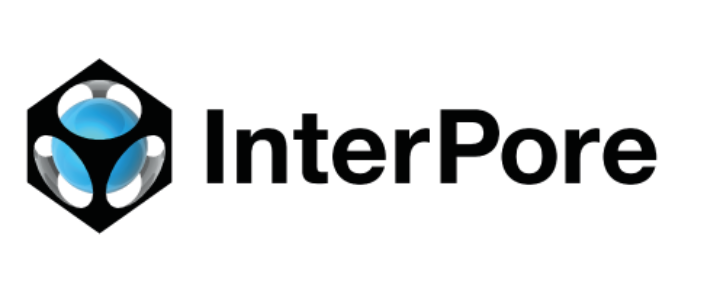We are pleased to announce that Adrian Bejan, professor at the Duke University (USA) and holder of the InterPore Kimberly-Clark Distinguished Lectureship 2023, will give the SFB 1313 "Pretty Porous Science Lecture" #37. His talk will be on "Vascular materials: Predicting Design Evolution".
Date: Thursday, 27 April 2023
Time: 4:00 pm CET
Speaker: Prof. Adrian Bejan, Duke University (USA)
Lecture title: "Vascular materials: Predicting Design Evolution"
Place: Online lecture. If you are interested in participating, please contact melanie.lipp@iws.uni-stuttgart.de
Abstract
Porous materials are usually thought of as amorphous mixtures of two or more things, solids, fluids, and voids. The research field started that way, and so did my own activity in it. Along the way, I was drawn to the part of nature (the physics) that was missing from the amorphous view: the structure, flow, configuration, drawing (design), purpose, and evolution.
The lecture is pictorial. It begins with defining the terms, because words have meaning: vascular, design, evolution, and prediction (theory). Next, the lecture shows that vascular (tree shaped) architectures flow more easily than parallel channels with only one length scale (the wall to wall spacing). Transport across channels is facilitated when the spacing is such that the channel flow length matches the entrance (developing) length of the flow.
The tendency to evolve with freedom toward flow configurations that provide greater access is universal in nature, bio, and non-bio. This tendency is the Constructal Law, which empowers us to predict the evolution toward flow access, miniaturization, high density of heat transfer, and the scaling up (or down) of an existing design.
Multiscale vasculatures occur naturally because they flow more easily than their counterparts with a few length scales. The future of evolutionary design everywhere points toward vascular, hierarchical flow architectures that will continue to morph with freedom and directionality.




